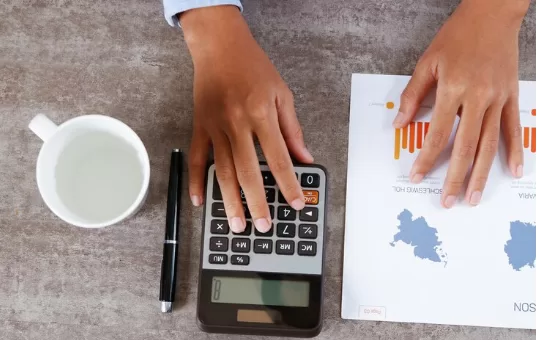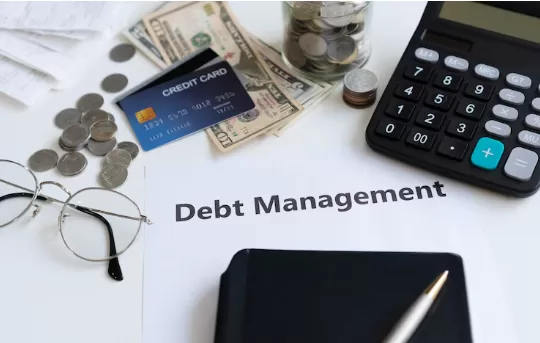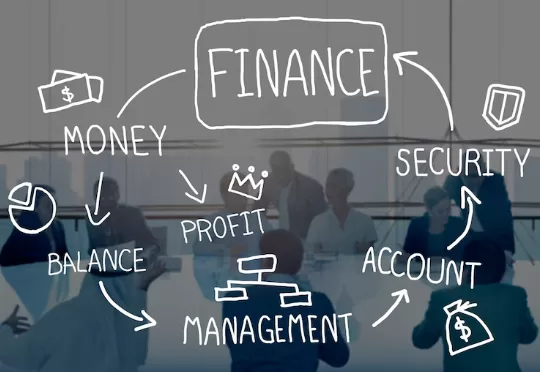Managing debt can feel overwhelming, but choosing the right repayment strategy can make a significant difference in your journey to becoming debt-free. Two popular methods are the debt snowball and debt avalanche strategies. This article will delve into both methods, their pros and cons, and how to decide which one is best for you.
Table of Contents
Understanding the Debt Snowball Method
The debt snowball method focuses on paying off your smallest debts first. The idea is simple: by eliminating smaller debts quickly, you gain psychological momentum that encourages you to tackle larger debts. Here’s how it works:
- List Your Debts: Organize your debts from smallest to largest balance.
- Make Minimum Payments on All Debts: Continue making minimum payments on all your debts except the smallest one.
- Focus Extra Payments on the Smallest Debt: Use any extra money you can find to pay off the smallest debt as quickly as possible.
- Roll Over Payments: Once the smallest debt is paid off, take the money you were using for that payment and apply it to the next smallest debt. Repeat this process until all debts are paid off.
Pros of the Snowball Method
- Quick Wins: Paying off smaller debts quickly can motivate you to continue.
- Simplicity: You don’t have to worry about interest rates; just focus on balances.
- Psychological Boost: Each paid-off debt reinforces positive behavior and encourages further progress.
Cons of the Snowball Method
- Higher Interest Costs: You may end up paying more in interest over time compared to other methods.
- Longer Payoff Time for Larger Debts: It may take longer to pay off significant debts if you focus solely on smaller ones first.
Understanding the Debt Avalanche Method

The debt avalanche method, on the other hand, prioritizes paying off debts with the highest interest rates first. This strategy is designed to save you money in interest payments over time. Here’s how it works:
- List Your Debts: Organize your debts from highest to lowest interest rate.
- Make Minimum Payments on All Debts: Continue making minimum payments on all your debts except for the one with the highest interest rate.
- Focus Extra Payments on the Highest Interest Debt: Use any extra funds you have to pay down the debt with the highest interest rate as quickly as possible.
- Roll Over Payments: Once that debt is paid off, move on to the next highest interest rate debt and repeat until all debts are cleared.
Pros of the Avalanche Method
- Lower Total Interest Costs: By focusing on high-interest debts first, you save money in interest payments over time.
- Faster Payoff Time for Large Debts: This method can reduce the overall time it takes to become debt-free.
Cons of the Avalanche Method
- Slower Initial Progress: It may take longer to see results since you’re tackling larger balances first.
- Requires Discipline: You need to stay committed and avoid getting discouraged if progress feels slow initially.
Comparing Snowball vs. Avalanche
To illustrate how these two methods compare, let’s look at a hypothetical scenario involving three types of debt:
- $10,000 credit card debt at 18% APR
- $5,000 car loan at 5% APR
- $3,000 personal loan at 7% APR
Using both methods will yield different results in terms of total interest paid and time taken to become debt-free.
| Method | Total Paid | Total Interest Paid | Months to Pay Off |
|---|---|---|---|
| Snowball | $18,000 | $2,500 | 24 |
| Avalanche | $17,500 | $2,000 | 22 |
In this example, while both methods will lead to becoming debt-free, the avalanche method saves more money and time due to prioritizing high-interest debts.
Which Method is Right for You?
Choosing between the snowball and avalanche methods depends largely on your personal preferences and financial situation:
- If you thrive on motivation from quick wins and need encouragement along your journey, consider starting with the snowball method.
- If you’re more analytical and want to minimize interest payments over time, then the avalanche method may be more suitable.
Frequently Asked Questions (FAQ)
1. Can I switch methods during my repayment journey?
Yes! You can switch between methods if you find that one isn’t working for you or if your financial situation changes.
2. What if I have multiple debts with similar balances?
If multiple debts have similar balances or interest rates, you can choose either method based on what feels more motivating or manageable for you.
3. How do I stay motivated while paying off debt?
Set small milestones along your repayment journey and celebrate each achievement. Consider using visual aids like charts or apps that track your progress.
4. Is it better to consolidate my debts before choosing a repayment method?
Debt consolidation can simplify your repayment process but evaluate whether it will save you money in interest before proceeding.
5. Can I use both methods together?
Some people find success by combining elements of both methods—paying off smaller debts while also addressing high-interest ones when possible.
Conclusion
Both the debt snowball and avalanche methods offer effective strategies for managing and repaying debt. The key is understanding how each method works and determining which aligns best with your financial goals and personal motivation style. By committing to a repayment strategy that suits your needs, you’ll be well on your way to achieving financial freedom.
For further reading on effective debt repayment strategies, check out Investopedia. This article provides a comprehensive overview of both debt repayment strategies while being optimized for SEO with relevant keywords and external links for further reading.






